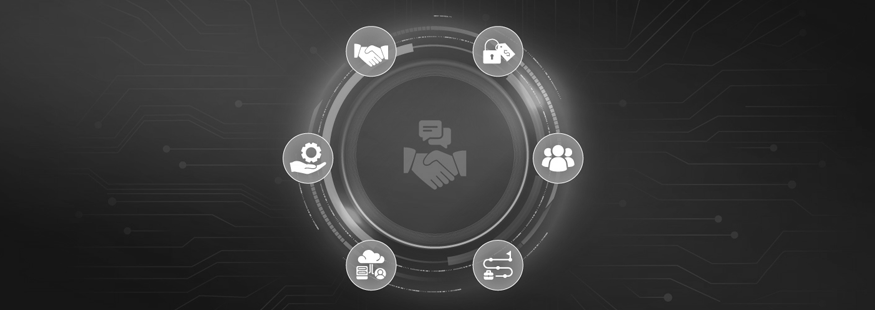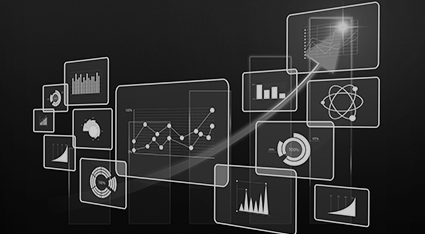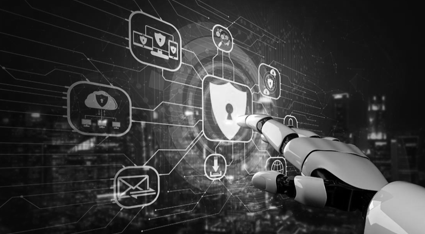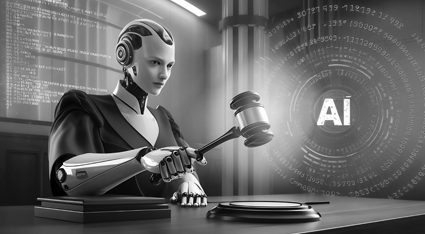Quick Summary
Once upon a time, in the kingdom of CodeTopia, the wise and ambitious King Debugicus decided to outsource the development of a grand software project to a neighboring kingdom known for its coding wizards. Excitement filled the air as the kingdom eagerly anticipated the arrival of the promised technological marvel.
The king, however, made a fateful decision – he chose the “Crystal Ball Engagement Model.” In this model, the developers were expected to predict the future requirements of the software using a magical crystal ball. The king believed that the crystal ball, enchanted by the kingdom’s most skilled wizards, would reveal all the features and changes needed for the software.
As the project kicked off, the developers peered into the crystal ball, hoping for divine insights into the project’s future. To their dismay, the crystal ball showed only vague images and cryptic symbols, leaving the developers scratching their heads.
The first milestone approached, and the developers presented their work to the king. To everyone’s surprise, the software bore little resemblance to the kingdom’s expectations. The crystal ball had failed to provide clear specifications, resulting in a product that seemed more like a magical mishmash than a coherent software solution.
King Debugicus, now facing an angry mob of users and court jesters who couldn’t make sense of the software, realized the error in his engagement model choice.
The Learning:
For a smart customer with high expectations, hoping for magical outcomes and harboring ambitious dreams is natural. However, as a dedicated technology partner-supplier, the responsibility is to guide them towards the most suitable models and choices rather than engaging in fanciful endeavors that lead both parties off track.
How to finalize your engagement model:
One must carefully think through the following questions before making any decisions on choosing the engagement model with your software outsourcing services provider:
- What is the stage of your project – Ideation, Feasibility Research, Development, Enhancements, Testing OR Maintenance?
- How pressed is this requirement, do you need a quick fix or want to see long term needs being fulfilled?
- Do you have inhouse team? Do you need co-creation or complete outsourcing?
- Do you have a clear stand on what the budgets look like? Professionals come from different levels of expertise and experience. This is directly proportional to the budgets.
- In-house Project Manager/Product Manager is always preferable; do you have one in-house, or does the vendor have to provide one?
At Upsquare, we have a long experience working with many international clients and hence we ensure commitment, dedication, and daring to all the standard engagement models on which the world operates. We nurture the idea/project of the client till it gets converted into a giant blossoming tree.
Upsquare Offers: Engagement models relevant for you in 2024
1. Fixed-price Model
When a clearly documented scope of work is signed and approved at both ends, this is the way to go. Here, the cost and scope of a project and the timeline are agreed upon in advance.
What’s the Upsquare’s Edge in this model – Upsquare helps its customers draft and convert their functional requirements to actual technical specifications. The strategic consulting arm of Upsquare leads this effort. Hence, it provides certainty of budget and time for the client, and Upsquare also provides limited flexibility for changes during the journey.
2. Dedicated Team Model
The Dedicated Team Model is an outsourcing arrangement where a specialized team of professionals works exclusively on a specific project for a minimum engagement of 6 months. Key characteristics of this model is Dedicated availability of experts, easy scalability, long term continuity & knowledge retention. In most cases, the technology provider is responsible for solution delivery, so this is an extension of your team.
What’s the Upsquare’s Edge in this model? Upsquare provides a subject matter expert and domain expert project coordinator who translates clients’ visions and requirements into scrums and manages the standards and quality of deliverables.
3. Milestone-Based / SLA Driven Model
The Milestone-Based Model is a project engagement approach designed for clarity and structured progress. This model establishes specific milestones or checkpoints to mark significant stages in the project. It’s well-suited for process-oriented setups where each step needs to be clearly defined and achieved.
Upsquare’s Edge in this model lies in providing appropriate and detailed process documentation of the project and providing experts who can create, enhance or adhere to the processes associated with the customer requirements.
4. Hybrid (Onsite-Offshore) Model
This model is a collaborative outsourcing approach that combines the strengths of both onshore and offshore teams to optimize efficiency and cost-effectiveness. Key features include Cost Optimization, Access to a Global Talent Pool, 24/7 Availability, Flexibility and Scalability, and Risk Mitigation.
Upsquare’s edge lies in co-investing for onsite establishment, by means of JV, Partnership or quick deployment of resources, thus significantly increasing the chances of success for Hybrid Model.
5. Managed Services model
The Managed Services engagement model offers a comprehensive solution to manage and deliver a defined set of services for a client. It stands out for its emphasis on proactive support, ensuring that the client’s IT infrastructure, applications, and business operations run smoothly. This model typically includes continuous monitoring, maintenance, and support, with the provider taking charge of day-to-day operations, issue resolution, and performance optimization.
Upsquare’s edge lies in providing the resources in the preferred time zone of the client to ensure excellent coordination and perfect process adherence for the projects.
6. High & Low Touch Onboarding Model
In this model, the implementation team takes a hands-on and highly engaged approach, providing comprehensive training and guidance to configure the SaaS solutions effectively. High-touch onboarding processes go further by assigning a dedicated Customer Manager or Account Manager.
Low-Touch Onboarding is particularly well-suited for straightforward software, tools, or plugins, where minimal assistance or configuration is needed for clients to start using the program effectively. Ideal for products with streamlined functionalities, many of these can be directly purchased through an automated sales process.
Upsquare’s Edge lies in being an expert for hiring, training and deploying a team with sufficient experience and knowledge from the Product/SaaS industry along with natural inclination for customer satisfaction.
Call for Action:
In conclusion, selecting the right engagement model for your software outsourcing services is pivotal to your projects’ success and your clients’ satisfaction. It’s essential to align your choice with the complexity and nature of each project, ensuring a harmonious balance between client expectations, project requirements, and resource optimization.
Upsquare’s edge lies in being more than just a service provider – we’re your reliable partner. We deeply understand the significance of three pivotal elements: acquiring the right skills, ensuring swift scalability, and managing within budget constraints. Your success is our priority, and at Upsquare, we bring a personalized touch to every collaboration, ensuring a seamless journey towards accelerating your possible.
Take the wise step and reach out to us to discuss your project requirements.







